Barn owls: the facts
This list of barn owl facts is drawn from a lifetime of watching barn owls for my paintings and tells all you need to know about barn owls.
Tyto Alba
The Latin name for a barn owl is Tyto Alba, meaning white owl, and refers to the way glisten a ghostly white as they glide over the countryside at night. In fact they have pure white underbellies, but their wings are a golden, buff-colour, as are their heart-shaped faces.
 Barn Owl on Lookout | Limited Edition Print | Click to Buy
Barn Owl on Lookout | Limited Edition Print | Click to BuyHow big are barn owls?
Barn owls are medium-sized predators, averaging about 36cm in length with a wingspan between 80-95cm. For their size and wingspan, however, they are actually light-weight - an adult barn owl only weighs about 680gs. But this weight is to their advantage because it means that they are able to soar and glide through the air for long periods of time.

Barn owls have long legs
Barn owls have very long legs, toes, and talons, adaptations that help them reach their prey under long tussocks of grass. These extra long legs also give them the advantage of reach when fighting other birds. Watch the video below to see how a barn owl stretch out its long talons to grab a kestrel.
Barn owl hearing & eyesight
Like many owls, barn owls have super-sensitive hearing. They can hear the tiniest rustle in the undergrowth and their heart-shaped faces collect and direct this sound to locate a mouse or vole. They also have lop-sided ears, one higher than the other, which pinpoints noise. And their eyesight is so good they can spot a mouse in a gloomy barn.
Barn owls in flight
Barn owls fly quietly and are stealthy predators. Their broad, rounded wings can glide for long period times without the need to flap. A barn owl's primary flight feathers also have a serrated leading edge to disrupt turbulence and muffle noise.
 Barn Owl Coming in to Land | Limited Edition Print | Available on Request
Barn Owl Coming in to Land | Limited Edition Print | Available on RequestBarn owl feathers
Barn Owl feathers are super soft. This means their flight is almost silent. However, these feathers are not very waterproof and get soaked if it rains. Prolonged spells of heavy rain or snow can be very dangerous for barn owls since they cannot fly to hunt.
Click here to read about the time bad weather nearly wiped out the Yorkshire Wolds population of barn owls.
The difference between males and females
It is almost impossible to tell the difference between males and females when they are in flight. However, when perched the differences are clearer. Females often have darker brown feathers around the rim of the facial disc as well as darker bars on the tail and small black spots on the chest and underside of the wings. Males are generally lighter and a more pure white underneath.
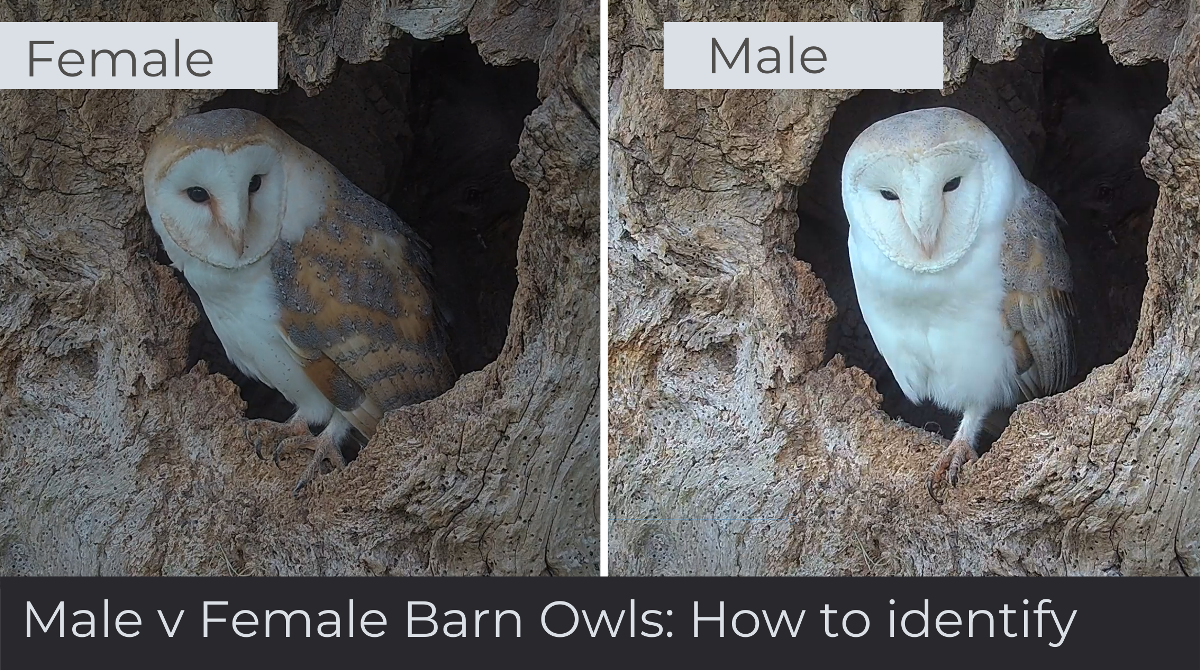
How barn owls sound
Barn owls don't hoot. They screech. The sound is quite eerie and so distinctive that in some parts of the world they are known as screech owls. In contrast, the chicks make a soft, chittering sound from the moment they hatch. When a barn owl senses danger it makes a 'clacking' sound. Listen to this sound here:
What do barn owls eat?
A barn owl's diet comprises mostly of voles, however, they will also catch shrews, mice, moles, and, occasionally, small rats. Barn owls often swallow their food whole and the bits of fur and bone that they cannot digest are later regurgitated (coughed up) as an owl pellet. And barn owls are actually quite tidy eaters. The photograph below shows an owl tucking in the ruff of feathers below its beak to keep it clean as it eats.

Barn owl habitat
Barn owls are one of the most widely distributed birds. They prefer open habitats and in the UK hunt over rough grasslands and can be found everywhere around the world apart from the polar and desert regions.
Barn owl survival
Barn owls are not very hardy birds and their survival, especially in cold northern regions, is fragile. During prolonged spells of bad weather, their numbers can be affected dramatically.
Click here to read about how the Yorkshire Wolds almost lost its barn owl population
How barn owls keep warm
When cold, a barn owl will lift one leg up into the warmth of its body feathers.

Barn owl courtship behaviour
Barn owls are usually monogamous, staying faithful to their partner until one of them dies. They often use the same nest site every year and have an elaborate courtship ritual to re-establish the pair bond every spring.

The lifespan of a barn owl
Relatively long lived, barn owls can live for up to four years in the wild.
Barn owl nests
These owls nest in farm buildings as well as churches, sheds and natural hollows in trees. They do not build nests but lay their eggs in scrapes, normally on a ledge in an old building or an isolated tree. Barn owls return to the same nest site year after year and re-establish the nest by simply making a shallow scratch.
How barn owls lay eggs
Unlike other birds, which usually incubate their eggs as soon as the clutch is complete, female barn owls begin to sit as soon as the first egg is laid. They can lay eggs every two or three days. Normally between four and seven eggs are laid over an eight to 21 day period.
Barn owl brooding facts
The average brood size is 3.6, but this figure can vary from zero up to seven and occasionally even more. Clutch and brood size are directly related to food supply.
Barn owl chicks
Each egg hatches after about 31 days incubation, so by the time the last egg hatches the eldest owlet may be three weeks old. The difference in size between chicks can be alarming.

Feather moults
A female barn owl can be sitting on her eggs for up to nine weeks. During this time she moults her primary feathers. This is unusual in the avian world as most species moult once the breeding season is over.
Second broods
About 10pc of pairs will breed twice in one year. Second clutches are normally laid in July, usually in an alternative nest place at the same site or nearby.
Want to know more?
Click here for more fascinating facts about barn owl chicks
See the Paintings
Click here for the paintings inspired by watching these barn owls
Watch the Nest Cam
Click here to watch my barn owl nest camera and see the chicks living in a box in my garden on camera now

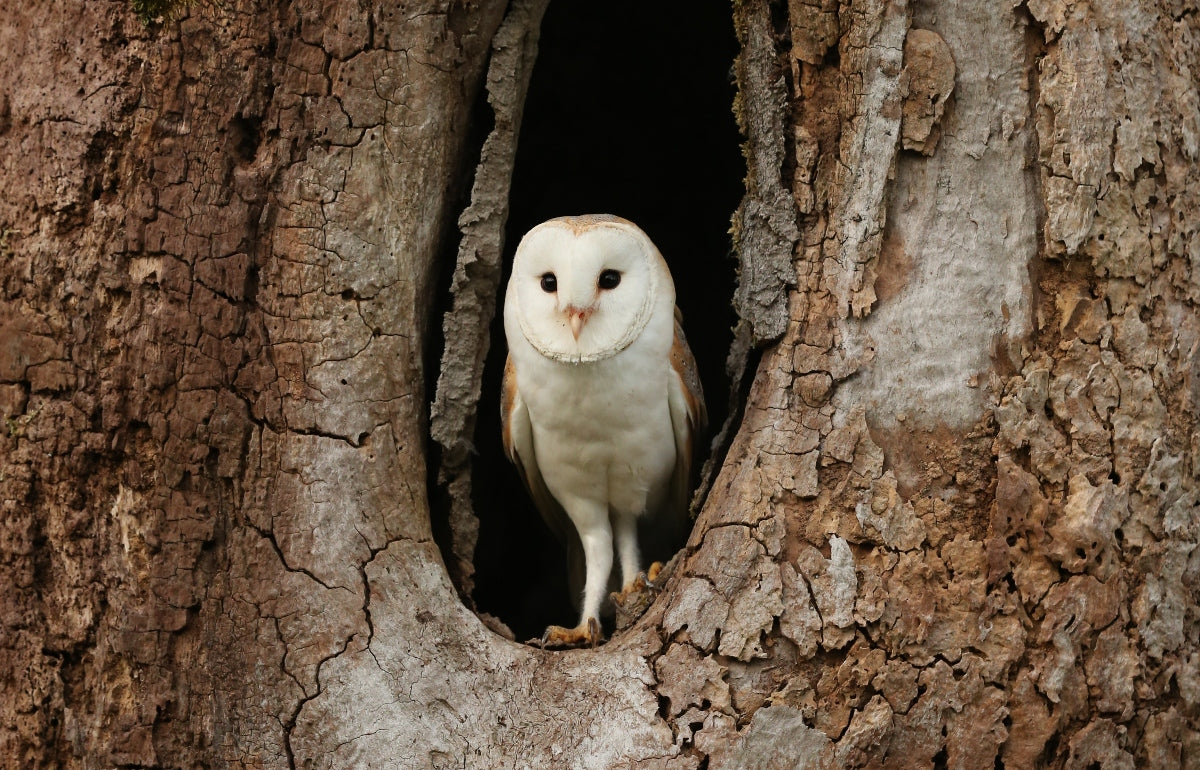












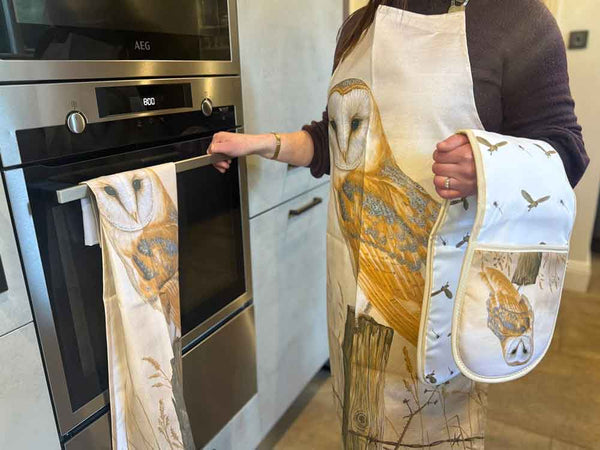
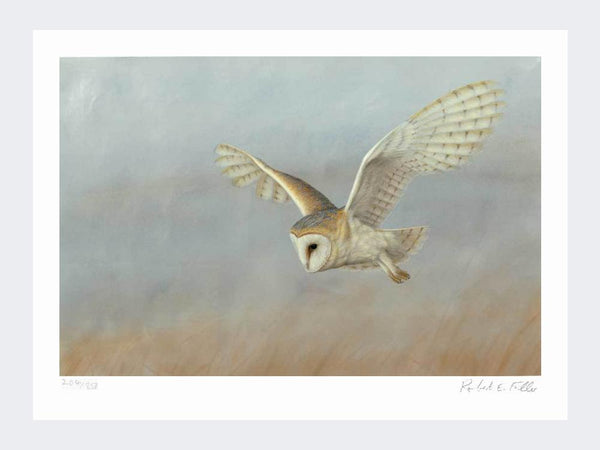
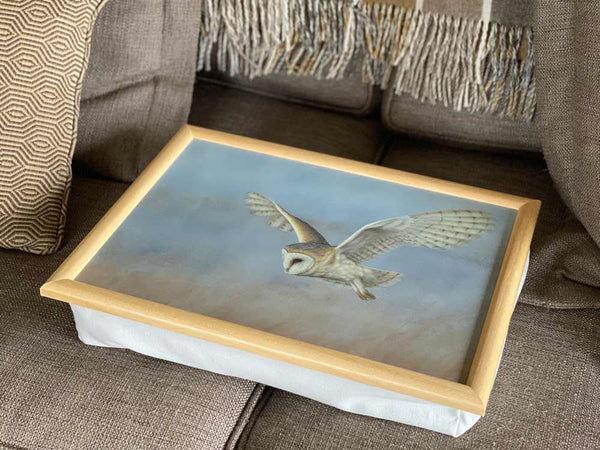
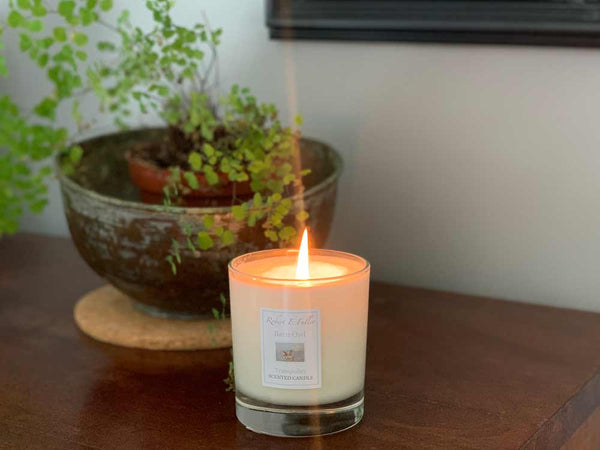
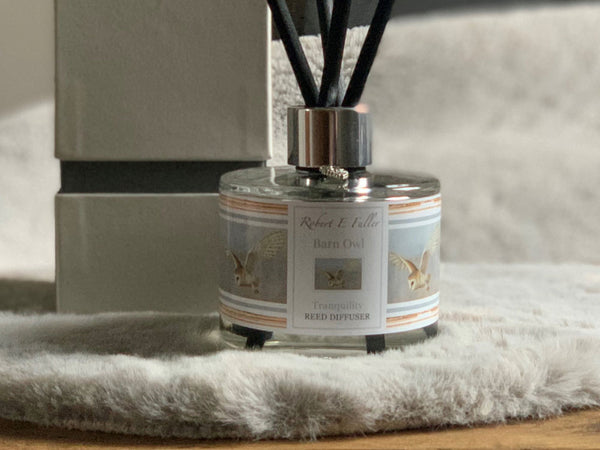
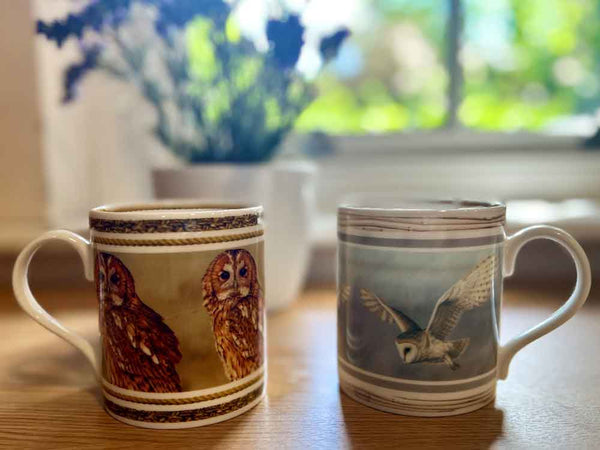
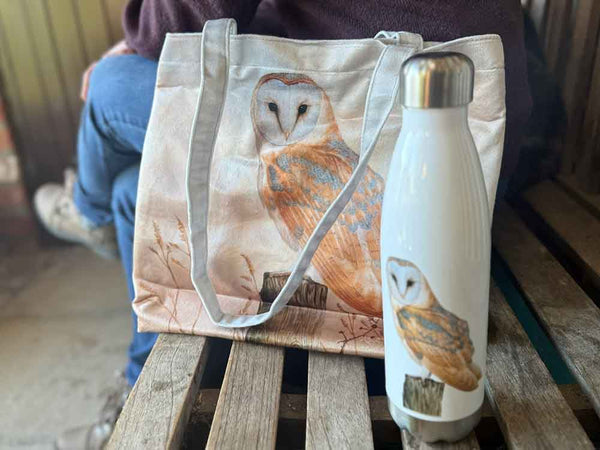
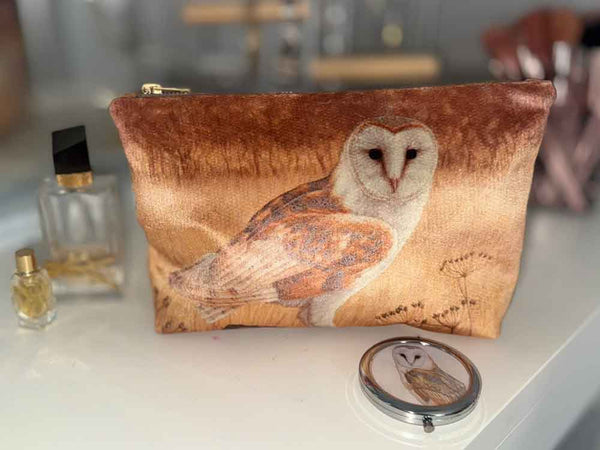
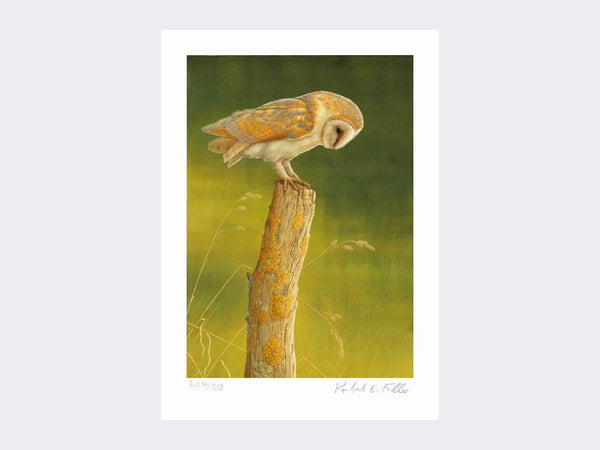
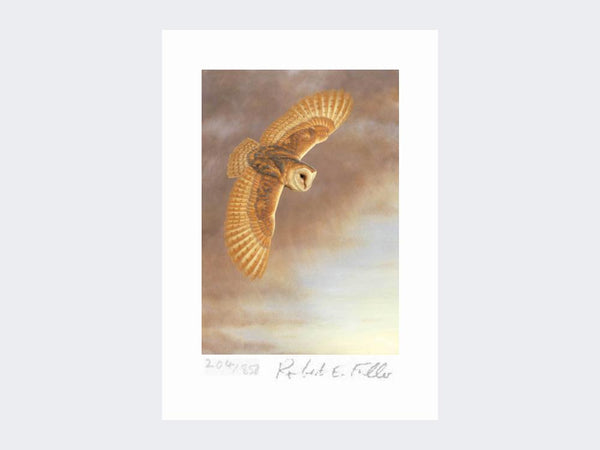
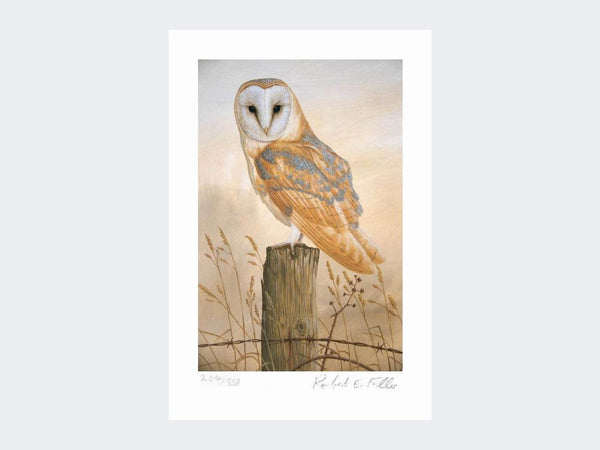
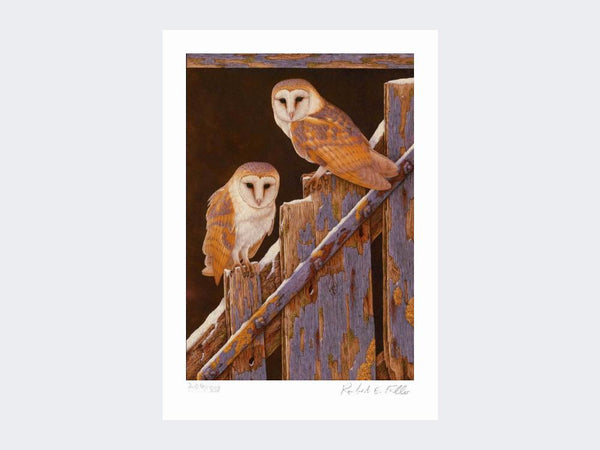
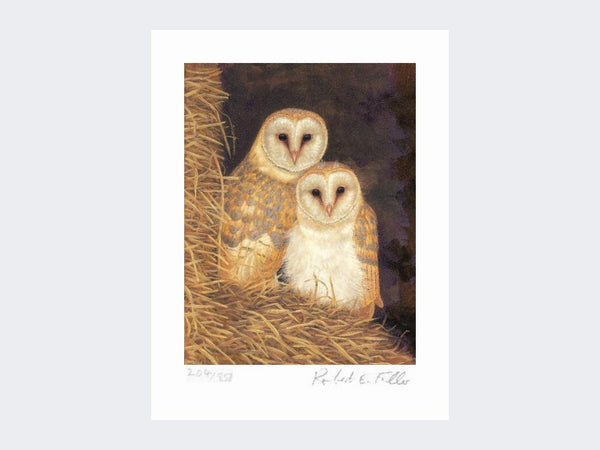

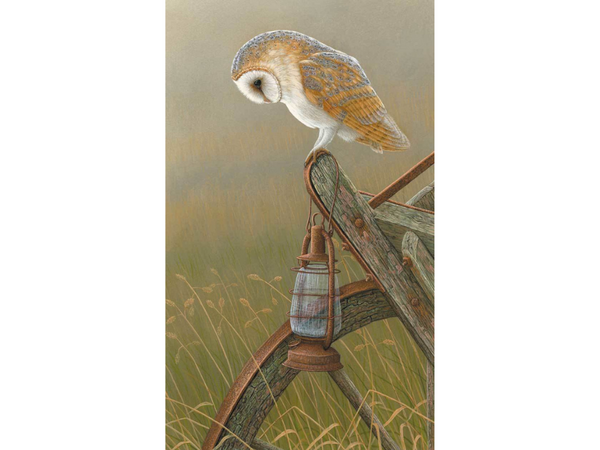
5 comments
That’s fascinating! These cameras mean we learn so much about their lives. Thank you!
I was able to prove through screenshots that Juliet, a barn owl in California, had 2 males at the same time. Romeo and the Secret Lover. She paired up with both of them, but only kissed Romeo. Both men brought food for her and the chicks. The two men never fought. I have photos and reports of it.
I have 3 Barn owl boxes on my ranch in calif.
The owls are great treats to observe.
Leslie Fox
[…] Click here for more fascinating facts about barn owls […]
[…] Click here to learn all about barn owls and their chicks: the facts […]